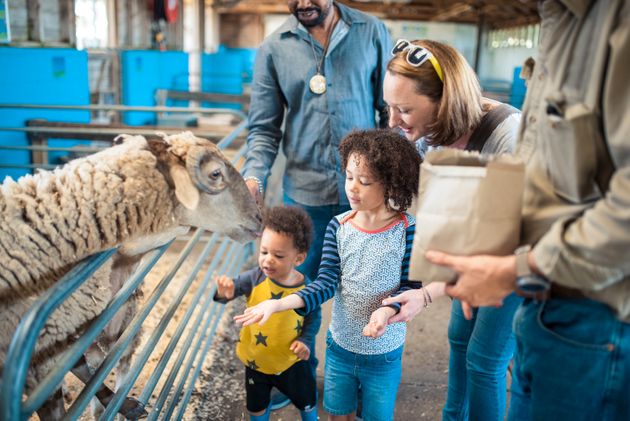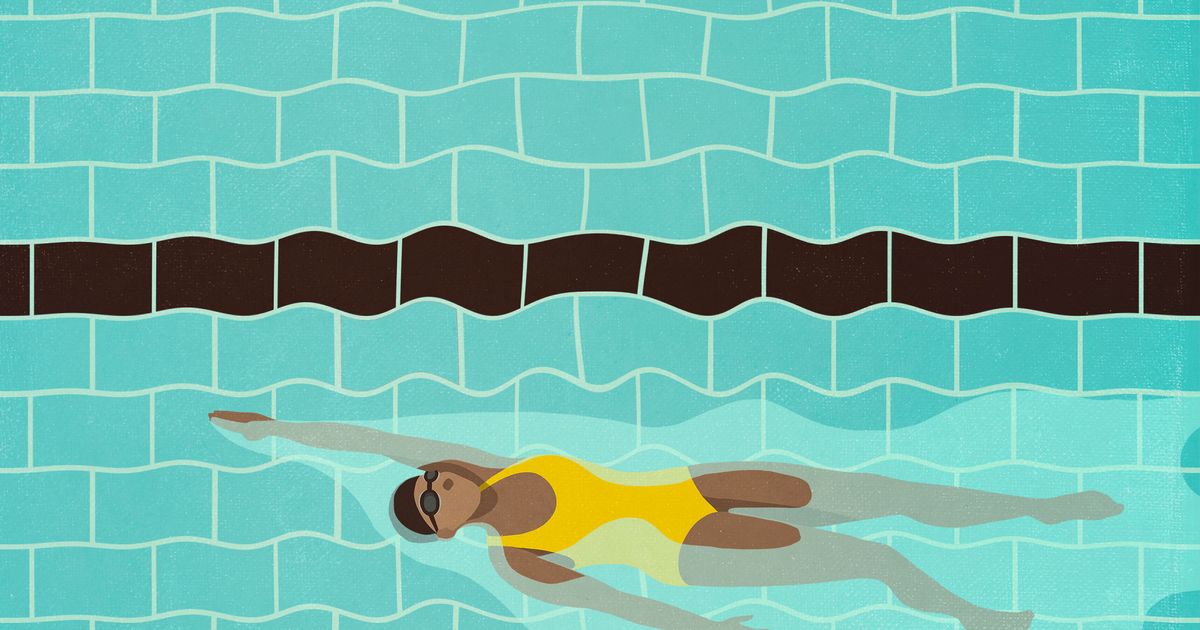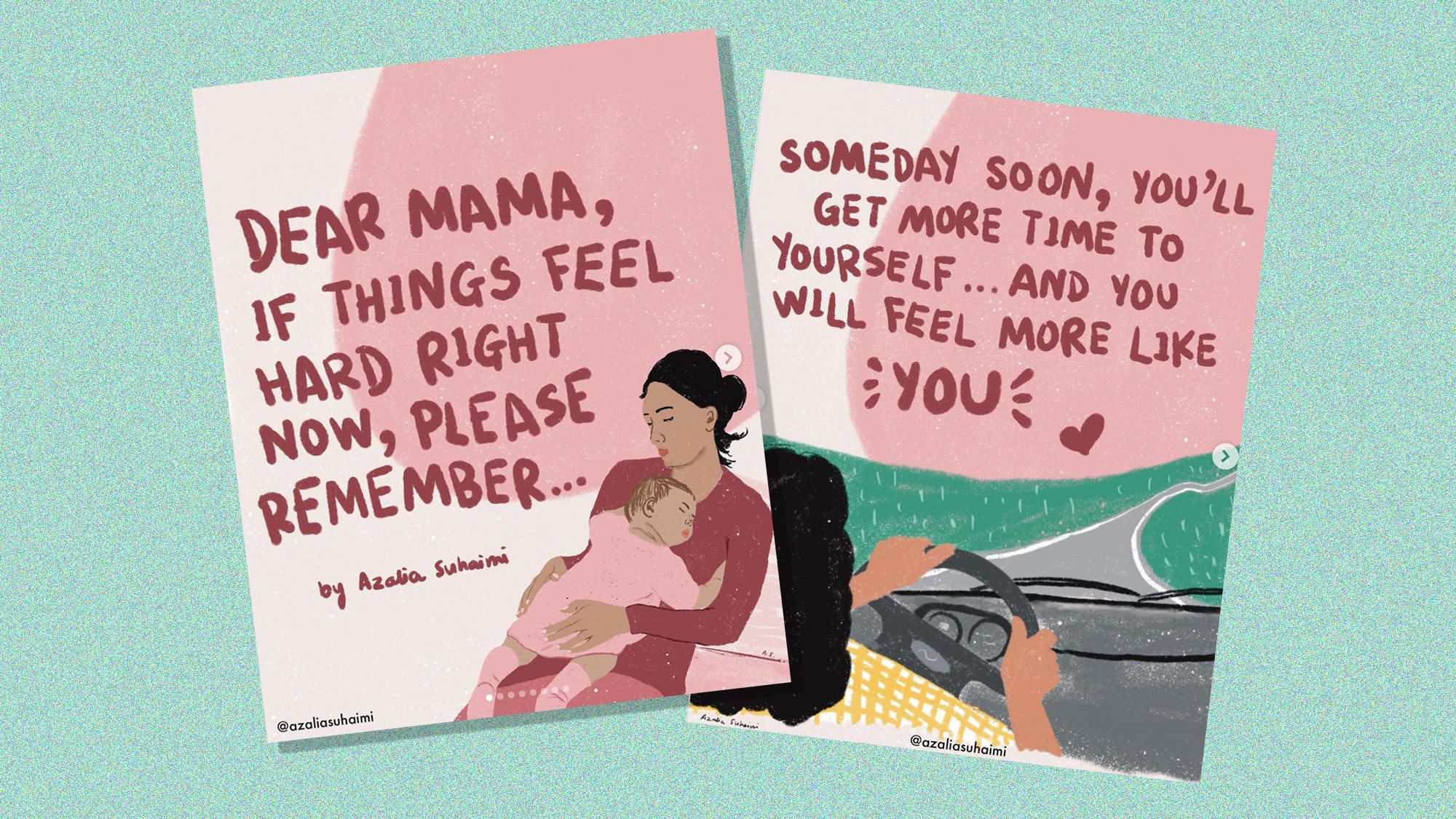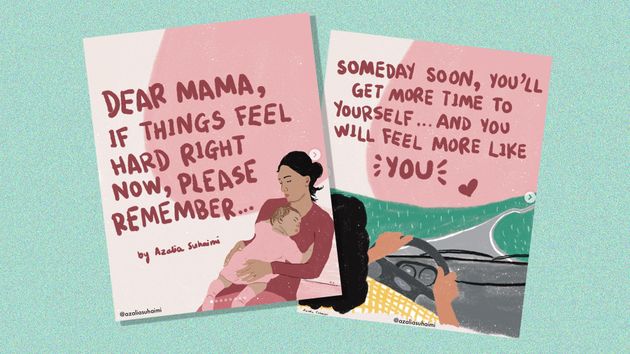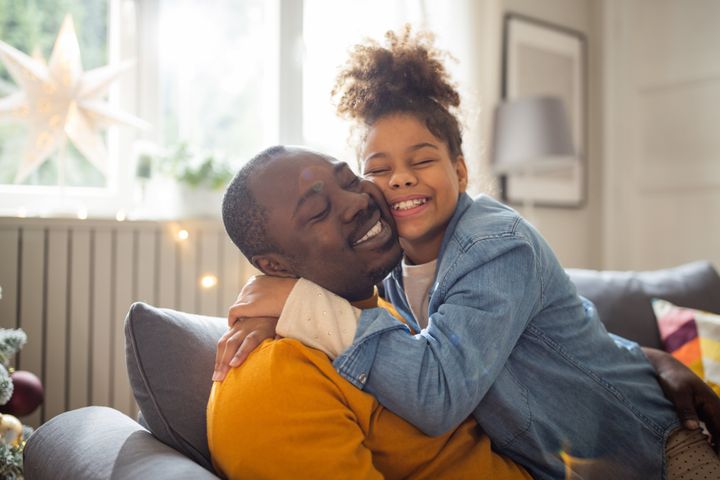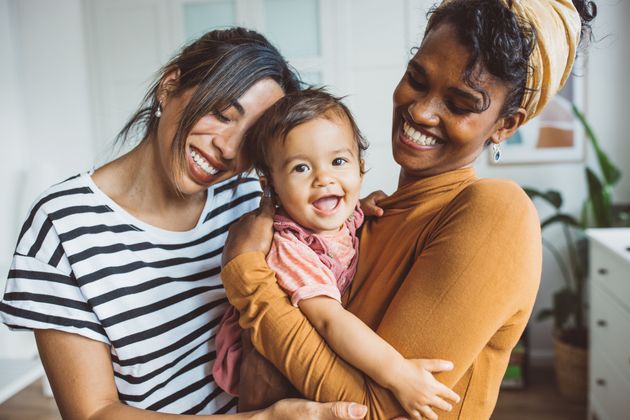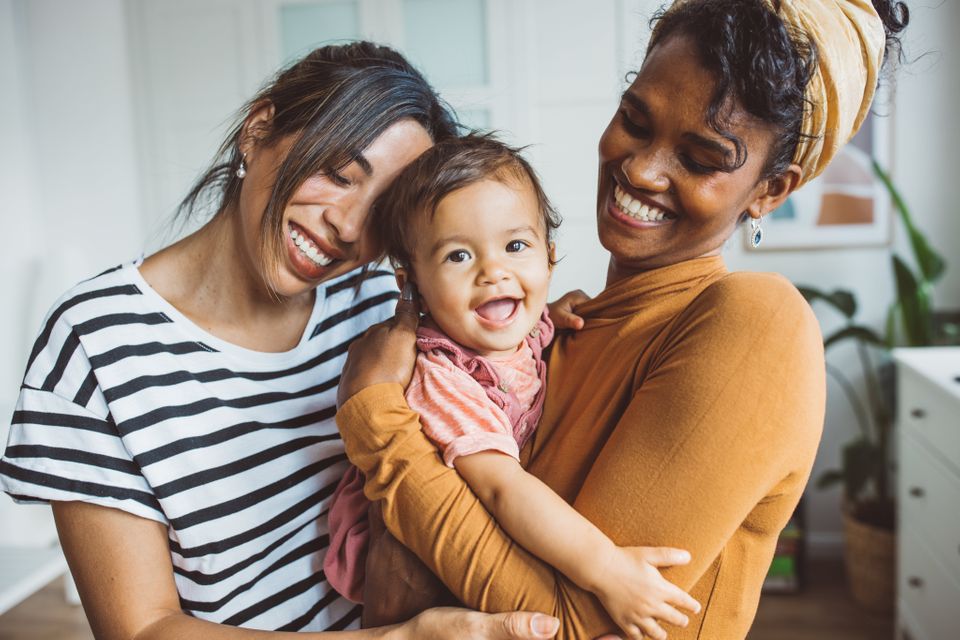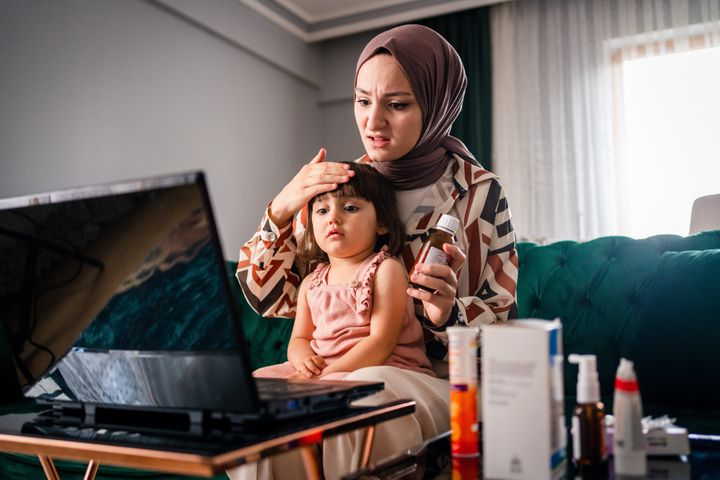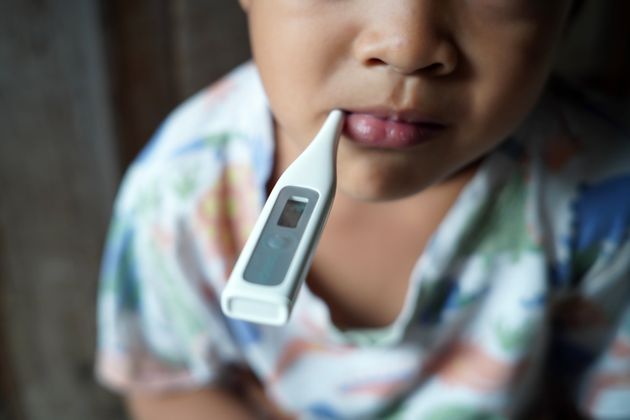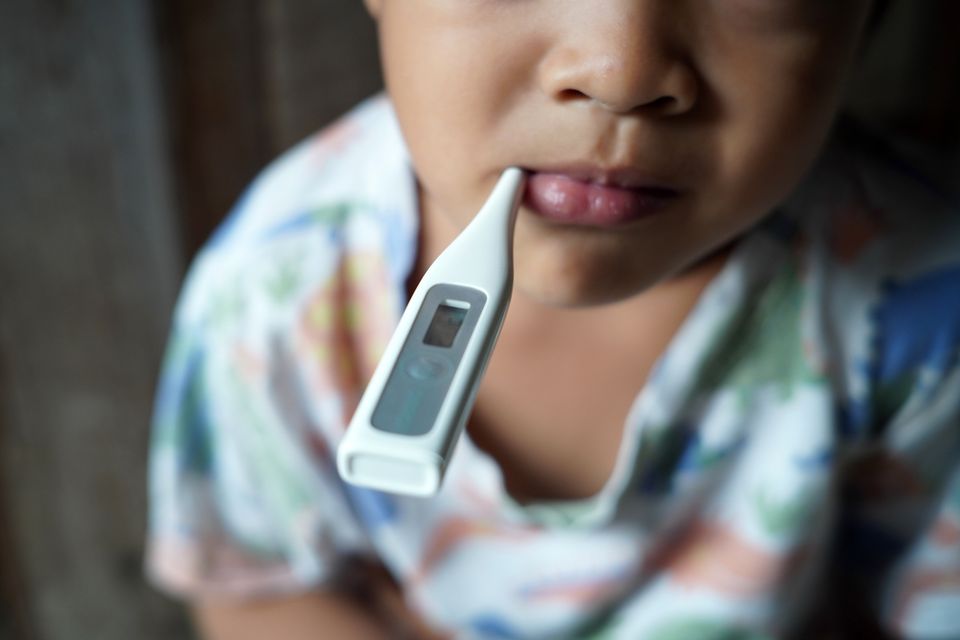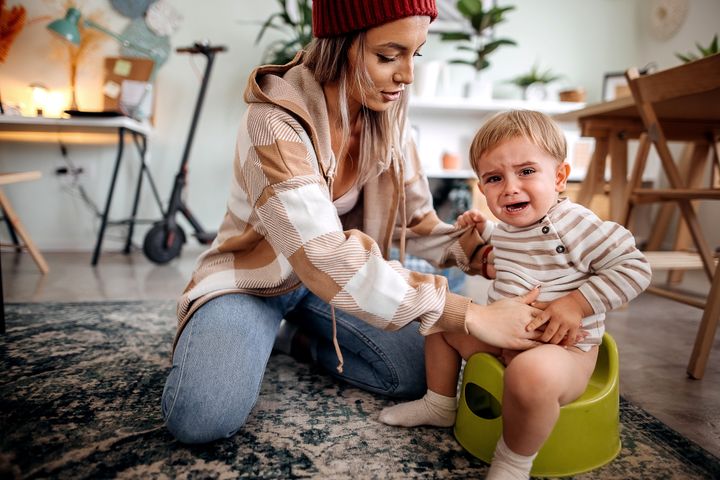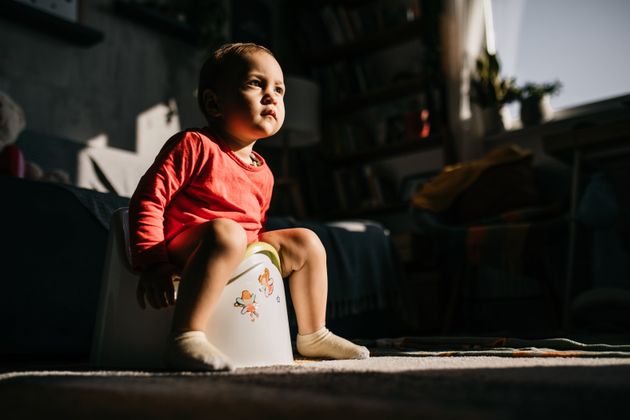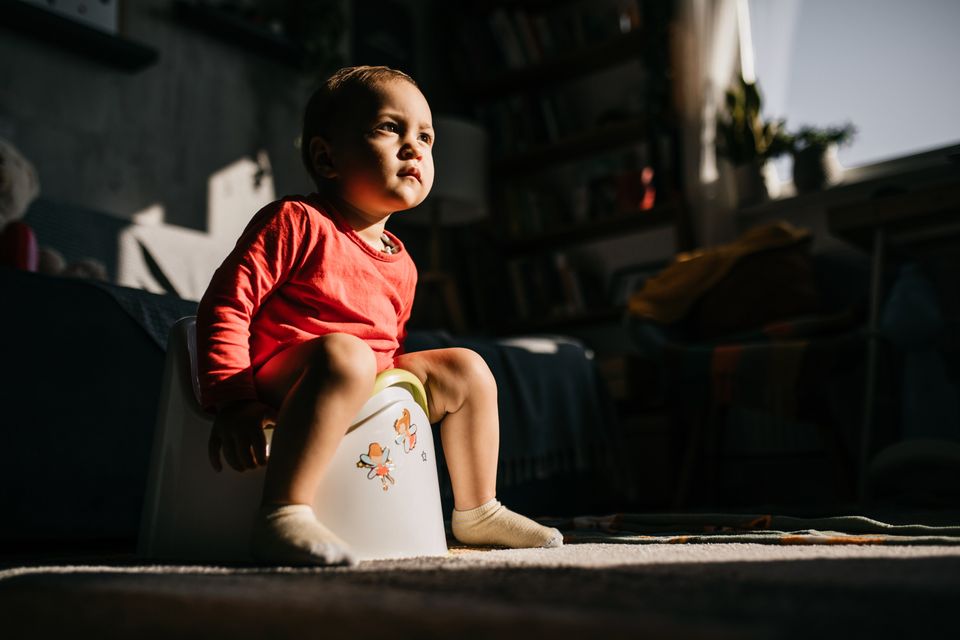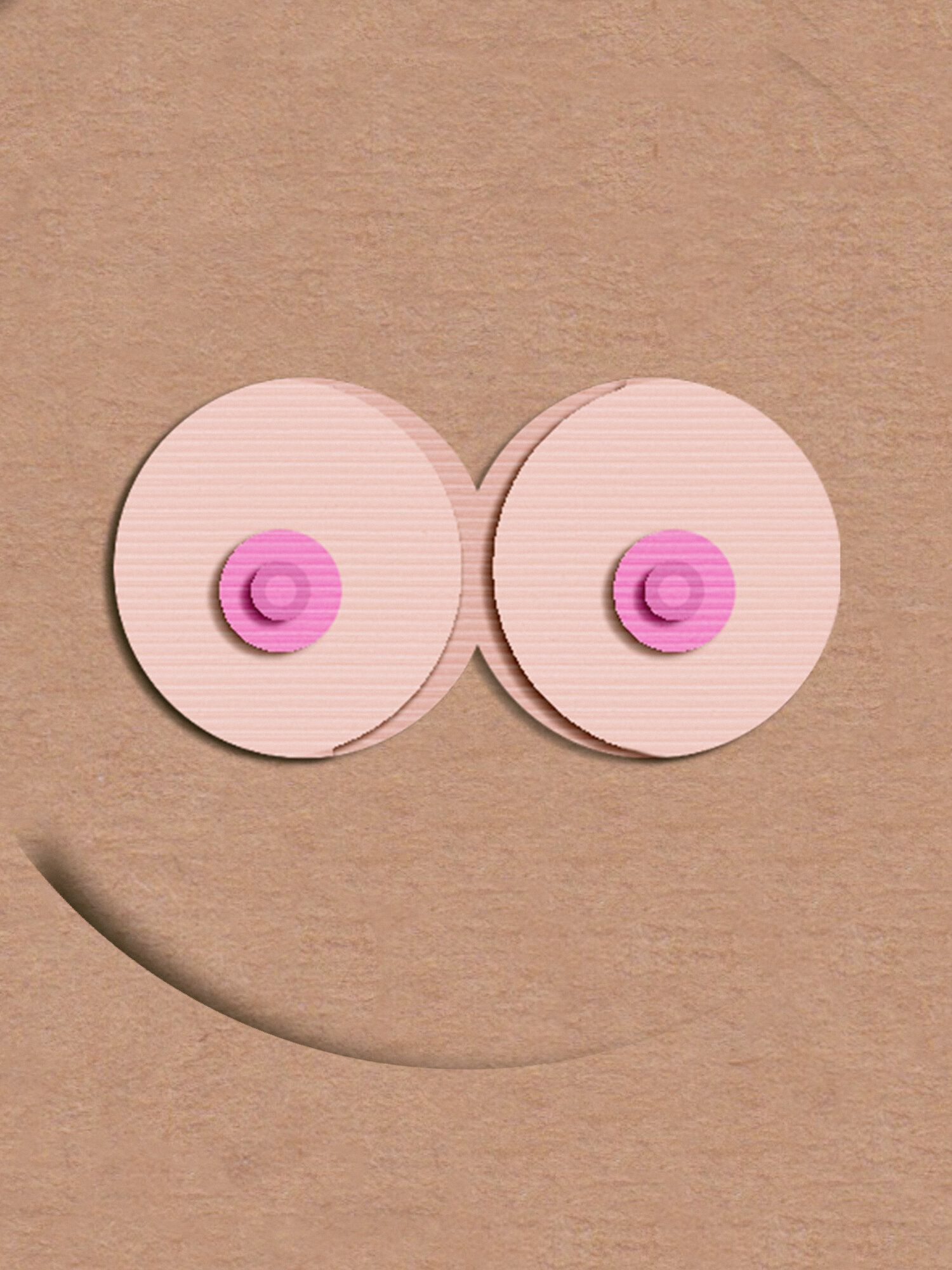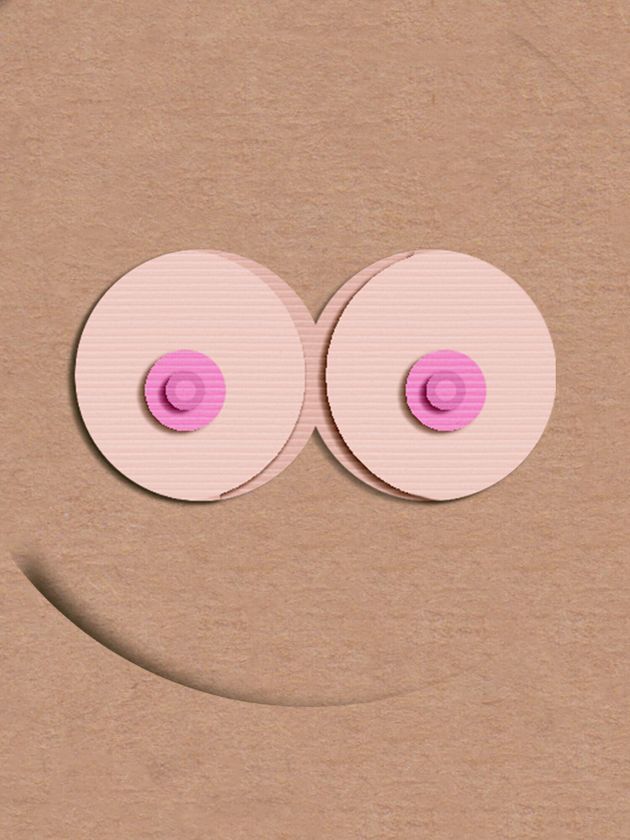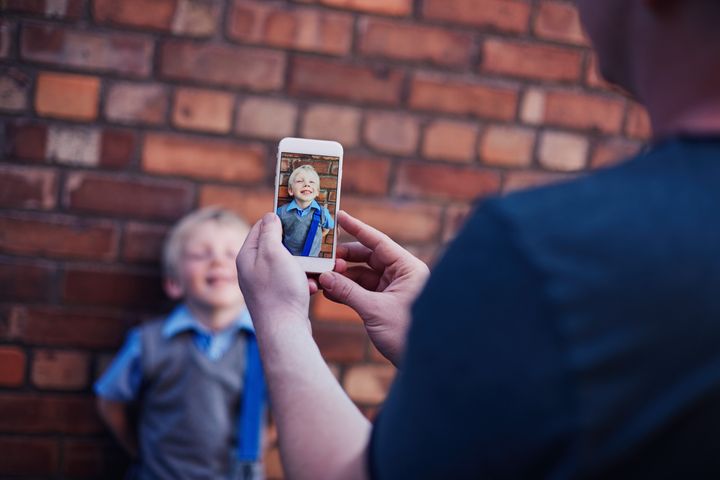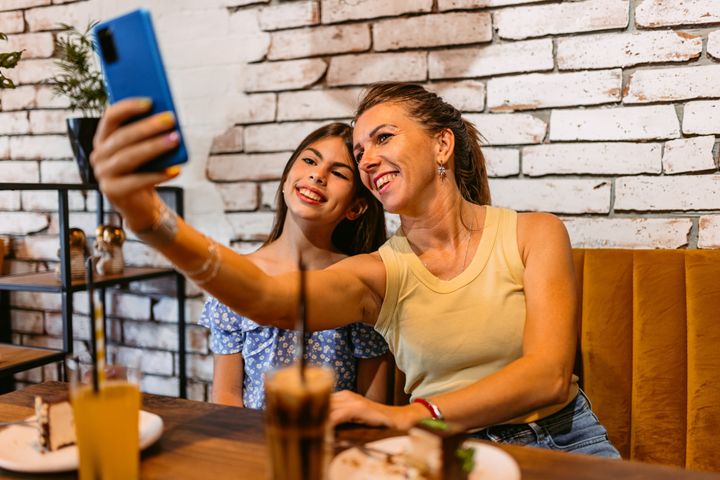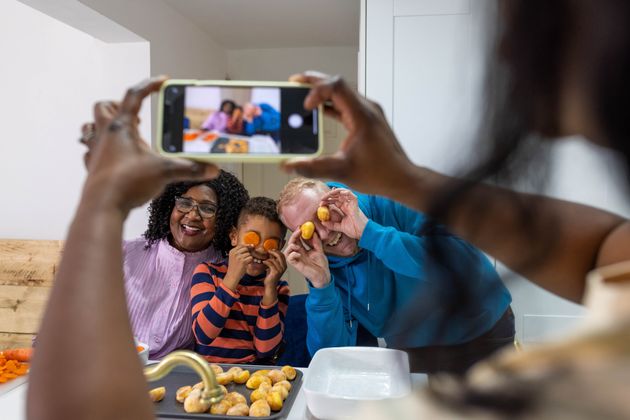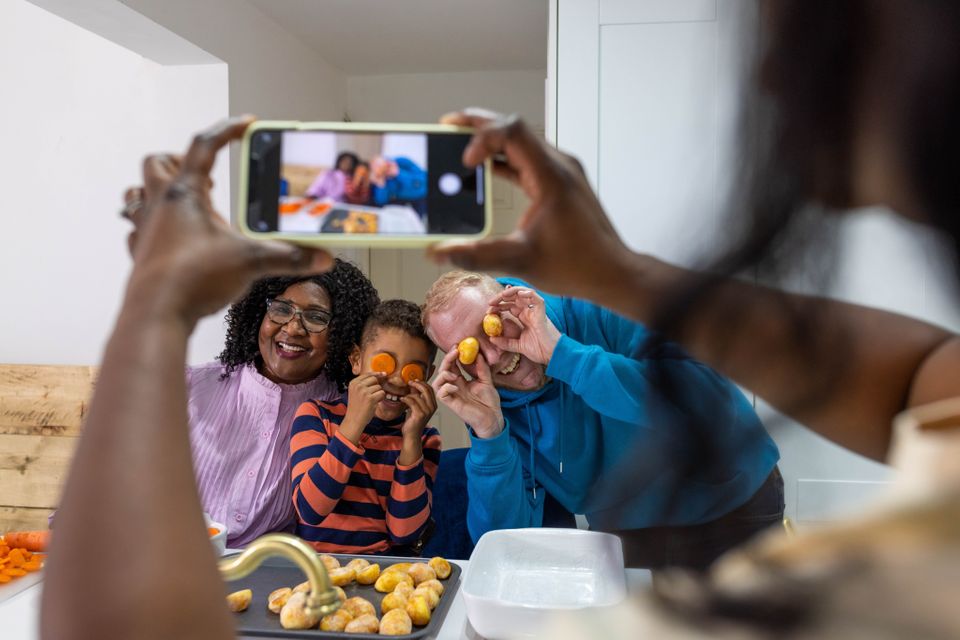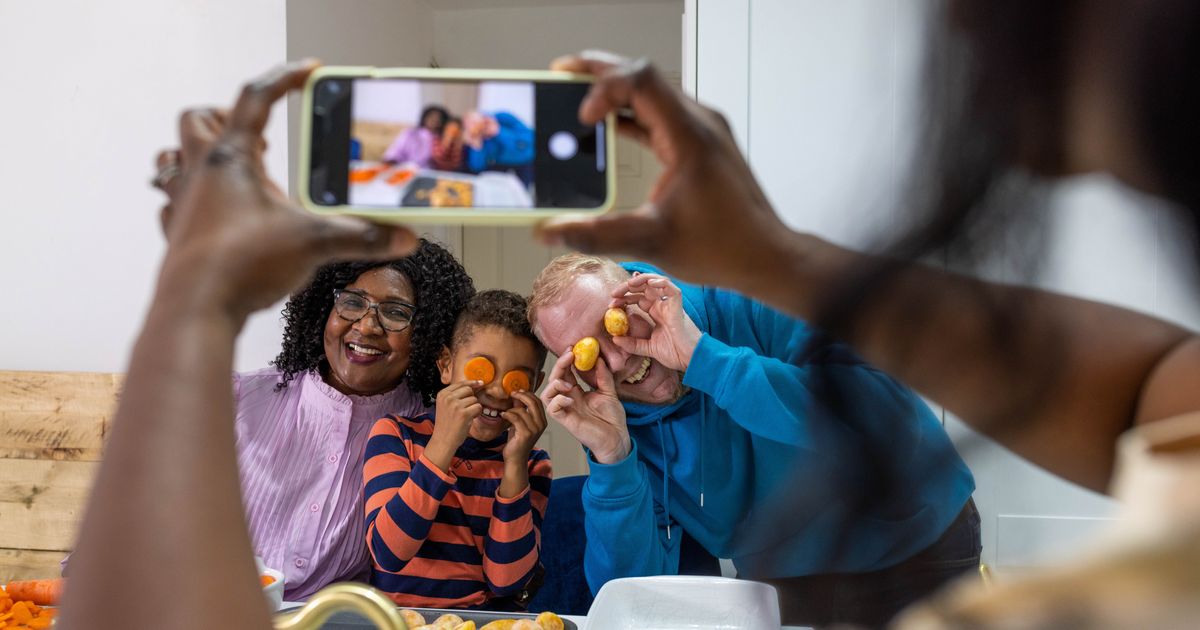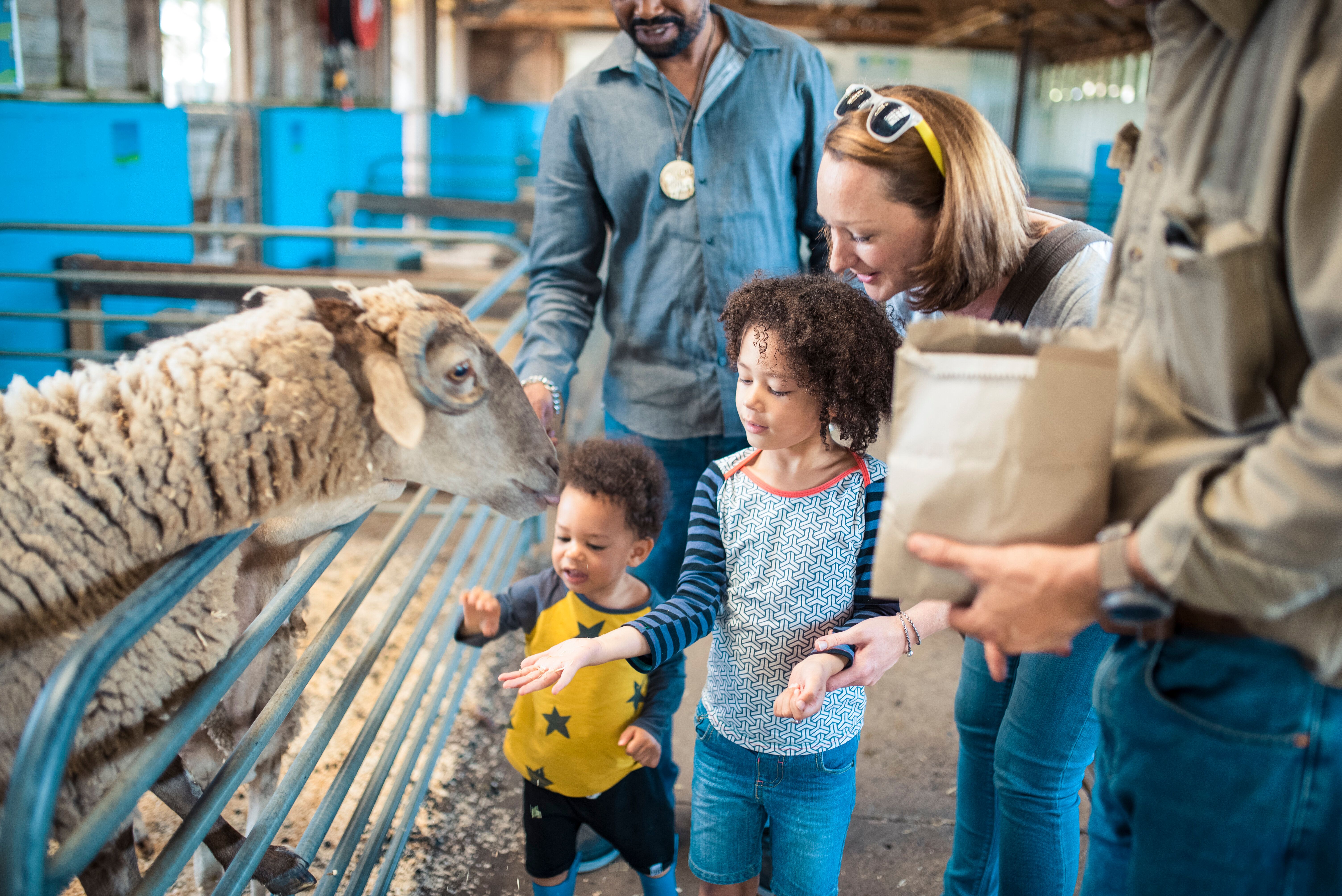
After what felt like the longest month ever, February is finally here – bringing with it slightly longer days, ever-so-slightly warmer weather and the first school holiday of the year.
If you’re stuck for things to do over half term, or perhaps you’ve got under-fives to entertain each week, there’s plenty of things to do in London (and indeed nationwide this month).
Advertisement
With everything being so damn expensive right now (especially for parents), we’ve rounded up a list of free things to do in the capital during February, as well as some inspo for those living outside of London. You’re welcome.
Free things to do in London
The Science Museum has a whole host of free activities for kids this month. Some of the highlights include:
- Technicians, an interactive gallery for 11–16-year-olds where they can step into Shuri’s Lab from Black Panther; try their hand at creating lifesaving drugs; pilot a remotely operated vehicle on the ocean floor; or even control a robotic arm);
- Pattern Pod, a multi-sensory gallery for under-eights;
- The Garden, another interactive space for kids aged three to six;
- Character Creator (weekends and school holidays, 12-1.45pm) where children aged three to 13 years old can create, design or even become their own unique sci-fi character.
- Tree-mendous Adventures (dates and times vary) for three- to seven-year-olds. Visitors are taken on a journey from the end of the roots to the tips of the leaves in an interactive storytelling adventure through the trees.
The Southbank Centre’s Imagine Children’s Festival (February 8-18) has over 100 events on, many of which are free to attend. Some of the free highlights include:
Advertisement
- One & Everything Family Trail, exploring endangered languages (Feb 8-17)
- STIK, STAMP, by acclaimed street artist STIK. This is a free print workshop where children create a stamp print to take home (Feb 8-16).
- Rhymes LIVE, an interactive show to reimagine the nursery rhyme (Feb 10)
- Daytime Rave with DJ Archie and Friends, the Guinness World Record Holder for World’s Youngest DJ (Feb 11).
- The Marvellous Myth Hunters, a free storytelling event for those that love heroes, monsters and mythical tales (Feb 12)
- Wellbeing Wind Down – daily wind-downs help families using simple yoga, concentration and mindfulness exercises (Feb 12-17).
- Imagine’s Big Gig, the festival experience but without the rain and the mud (Feb 13)
- ZooNation Youth Company’s Hip-Hop Half-Term – a day of demos and workshops by some of the leading young performers in the UK (Feb 15).
Learn about the origins of the use of clay with archivist and storyteller Trà My, before playing with clay to make your own new ceramic home object with artist AP Nguyen.
Once you’ve played with clay you will be told stories from Vietnamese folklore and have the opportunity to join artist Chery Nguyen for a soothing workshop where you can decorate your very own teacup.
Advertisement
Stepney City Farm is a working farm that’s great to take kids to. It’s free to all visitors. Expect to see sheep, goats, donkeys, pigs, chicken, ducks and geese. If that’s not near you, you could also try Mudchute Farm and Park, Vauxhall City Farm or Deen City Farm.
The Tate Modern has plenty on offer for kids and grownups alike. It’s free to enter. Check out UNIQLO Tate Play, which is the gallery’s new free programme of art, activities and play for families of all ages. From February 11-19, you can try your hand at weaving your own artwork (10.30am-6pm) at the Threads Holiday Make Studio.
The Barbican has a range of free things to do on Level G, including Squish Space which is a free creative play space for under-5s and their families. The space is designed by artist/designer duo India Harvey and Lisa Marie Bengtsson and brings people together to learn through interaction, collaboration and play. Using a variety of materials and tactile objects, it’s a place to spin, jump, hide, touch and explore. You can book here.
Ruislip Lido – on the outskirts of London – is home to a manmade beach and huge play area for children of all ages to enjoy. There’s also a miniature railway which you can get on nearby (although you have to pay for tickets). On 14 February, the Woodland Centre nearby is hosting a free arts and craft session from 1-3pm for kids aged four and over. More information, including how to book, can be found here.
A must for anyone visiting or living in London is to take kids to see the Changing the Guard at Buckingham Palace. It happens daily from 10.45am and lasts for about 45 minutes. Be warned, it can get busy so it’s worth arriving earlier to get a good spot.
Advertisement
Let your kids go undercover and test their detective skills during half term at the Horniman Museum, as part of the Montgomery Bonbon: Museum Mystery Trail (February 11-19). Kids can grab an activity sheet at the main entrance and test out their detective skills, while solving puzzles and having fun. On Saturdays from 2pm-4pm, children aged three and over can get stuck into a free craft session.
Outside of London? Try these instead
Head to the playground. If you’ve visited your local one a fair few times, why not find a bigger, more exciting playground, that you can travel to and spend a few hours at?
Lakes, ponds and aquadromes are often great places to visit for a walk. Even if it’s wet, children – especially younger kids – often love to splash about in puddles. Grab their waterproofs and get going.
Venture to a nearby park and play nature bingo. You can find printable bingo sheets online. Don’t have a printer? Draw out the grid on a piece of paper! Make a game out of your park visit and see how many things they can find. If that doesn’t float your boat, take a football or a frisbee and get active.
Head to the beach. You don’t need to go in the sea. Wrap up warm and let your kids build castles (or other structures!) on the sand, or take a net and wellies and help them check out the rock pools.
Advertisement
Visit your local library. Libraries are such a great place to take kids – especially when it’s raining. If you haven’t become a member yet, it’s worth signing up. We have it under good authority that under-5s are particularly huge fans. Some libraries also have toys and play areas.
Art galleries and museums are often free to enter and tend to have activities on for kids, especially during half-term.
Pets at Home is hosting free pet workshops in stores across the country. Children will have the chance to meet a range of small animals and learn about looking after them. They’ll receive an activity sheet to take away and a special My Pet Pals certificate. The free workshops will be running every Saturday and Sunday until March 12, with additional sessions during the week of February half term at some stores.

